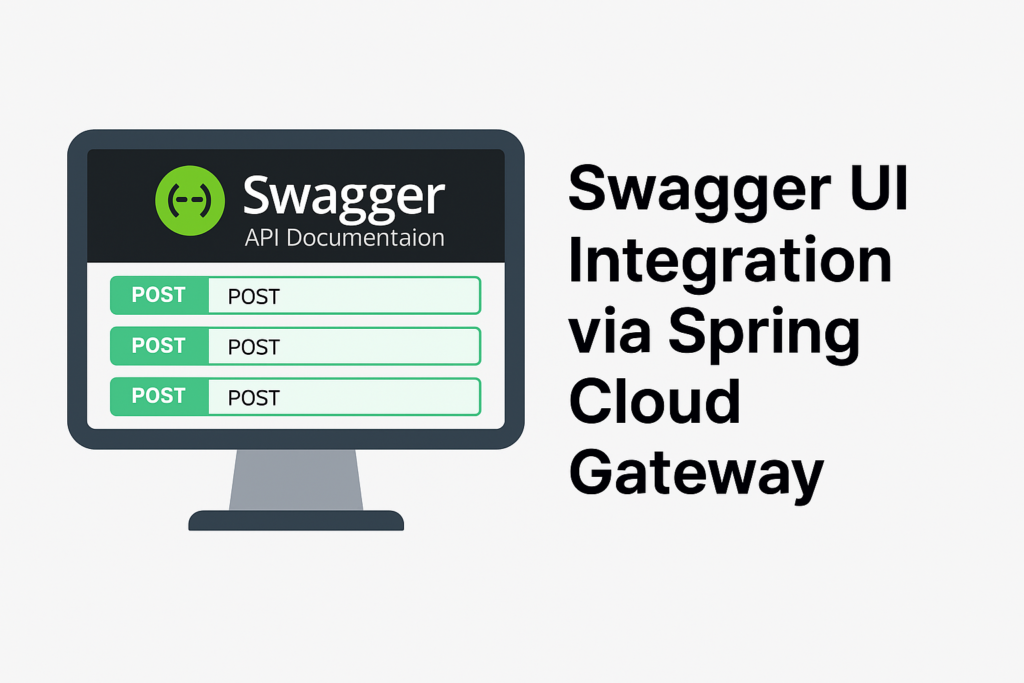Let’s compares the default credential authentication process used by Spring Security and the custom credential authentication logic defined in the CustomAuthenticationProvider of the auth-service module.
⚙️ Default Credential Flow (Current Behavior)
By default, AdventureTube’s auth-service uses Spring Security’s built-in DaoAuthenticationProvider through this configuration:
authenticationManagerBuilder
.userDetailsService(userDetailsService)
.passwordEncoder(passwordEncoder());
🔁 Flow
Spring injects
DaoAuthenticationProviderIt uses your
CustomUserDetailServiceto load user by emailIt uses
BCryptPasswordEncoderto compare passwordsIf valid, it returns an authenticated
UsernamePasswordAuthenticationToken
✅ Pros
Simple and standard
No need to write extra logic
Well-supported by Spring ecosystem
❌ Limitations
No hook for logging, auditing, or pre/post validation
Limited flexibility to handle complex credential logic or multi-source auth
🛠️ Custom Credential Flow (CustomAuthenticationProvider)
You have defined a custom provider:
public class CustomAuthenticationProvider extends DaoAuthenticationProvider {
@Override
public Authentication authenticate(Authentication authentication) throws AuthenticationException {
// Manually load user, validate password
return new UsernamePasswordAuthenticationToken(...);
}
}
🧩 How It Works
Fully overrides
authenticate()Manually loads user and verifies password
Can throw custom exceptions (e.g. logging failed attempts)
Can be extended to support external token-based or multi-factor logic
🧪 How to Activate
To enable it, modify your config:
@Bean
public AuthenticationManager customAuthenticationManager(HttpSecurity httpSecurity) throws Exception {
AuthenticationManagerBuilder builder = httpSecurity.getSharedObject(AuthenticationManagerBuilder.class);
builder.authenticationProvider(customAuthenticationProvider());
return builder.build();
}
@Bean
public CustomAuthenticationProvider customAuthenticationProvider() {
CustomAuthenticationProvider provider = new CustomAuthenticationProvider();
provider.setUserDetailsService(userDetailsService);
provider.setPasswordEncoder(passwordEncoder());
return provider;
}
✅ Pros
Full control over auth process
Easy to extend for non-standard login types
Better for audit trails, dynamic credential checks
❌ Considerations
Slightly more boilerplate
Must manually handle exceptions correctly
✅ Summary Table
| Feature | Default (DaoAuthenticationProvider) | Custom (CustomAuthenticationProvider) |
|---|---|---|
| Built-in integration | ✅ Yes | ❌ No (manual setup required) |
| Uses UserDetailsService | ✅ Yes | ✅ Yes |
| Uses PasswordEncoder | ✅ Yes | ✅ Yes |
| Custom pre-checks/logging | ❌ No | ✅ Yes |
| JWT/Token logic extensible | ❌ Limited | ✅ Full control |
| Use case complexity | ✅ Simple login | ✅ Complex login, auditing, multi-auth |
You can safely use the default flow for typical use cases, but the custom provider gives you full flexibility when needed.


